Applied Mathematics: Regression Analysis for Tire Purchase Prediction
VerifiedAdded on 2023/05/28
|6
|542
|138
Homework Assignment
AI Summary
This assignment focuses on applying statistical methods to analyze the relationship between years and tire purchases. It includes the creation and interpretation of a scatter plot, histogram, and box-whisker plot to assess the distribution and relationship between the variables. The analysis reveals an inverse relationship and a non-normal distribution with positive skew. A linear regression model is developed to predict tire purchases in 2018, estimating approximately 7,559 tires. However, the assignment acknowledges the model's limitations due to a relatively low R-squared value, indicating that the model only explains a portion of the variance in tire purchases. The solution provides a comprehensive overview of the statistical techniques used and their implications for predicting future trends.
1 out of 6
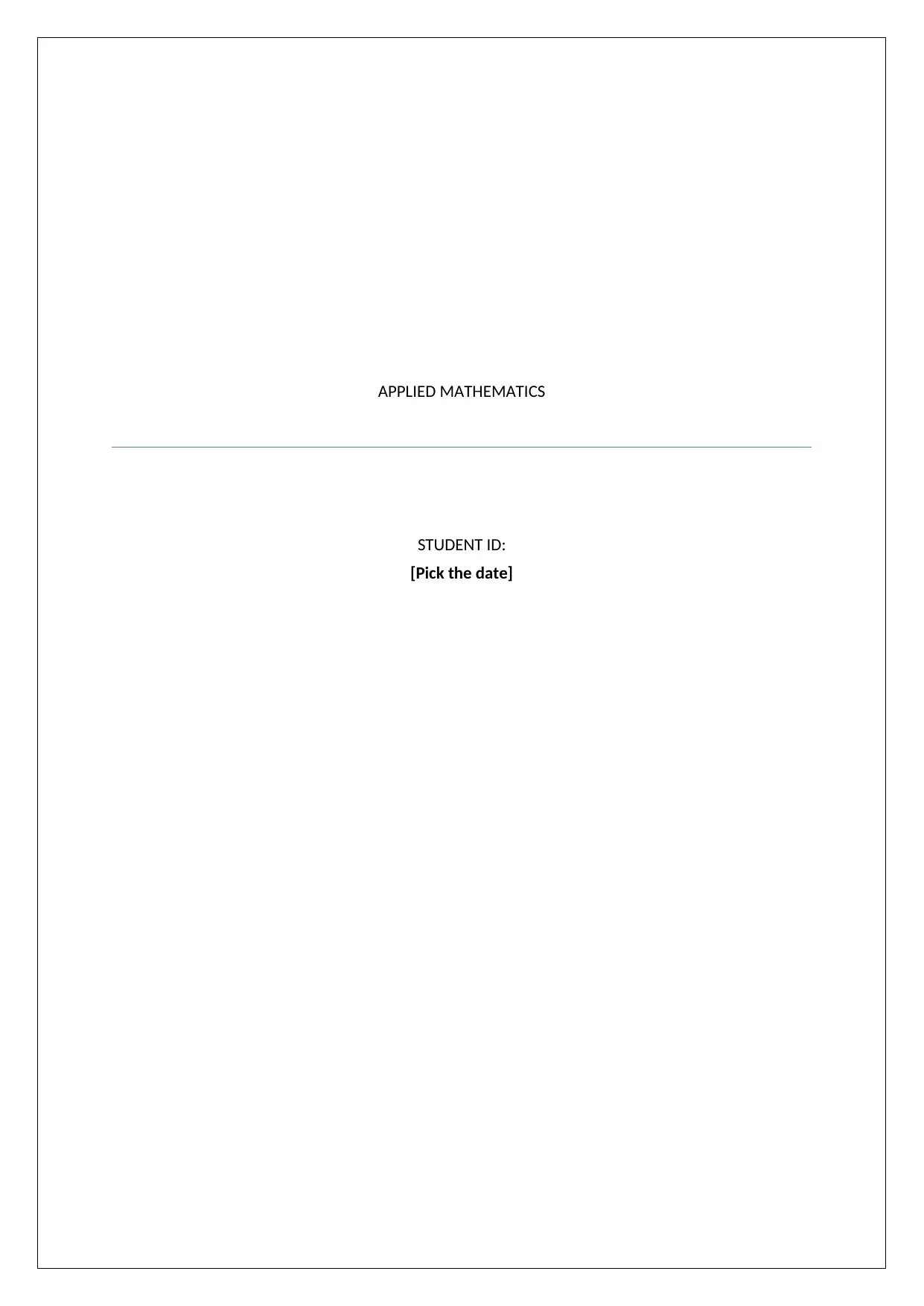
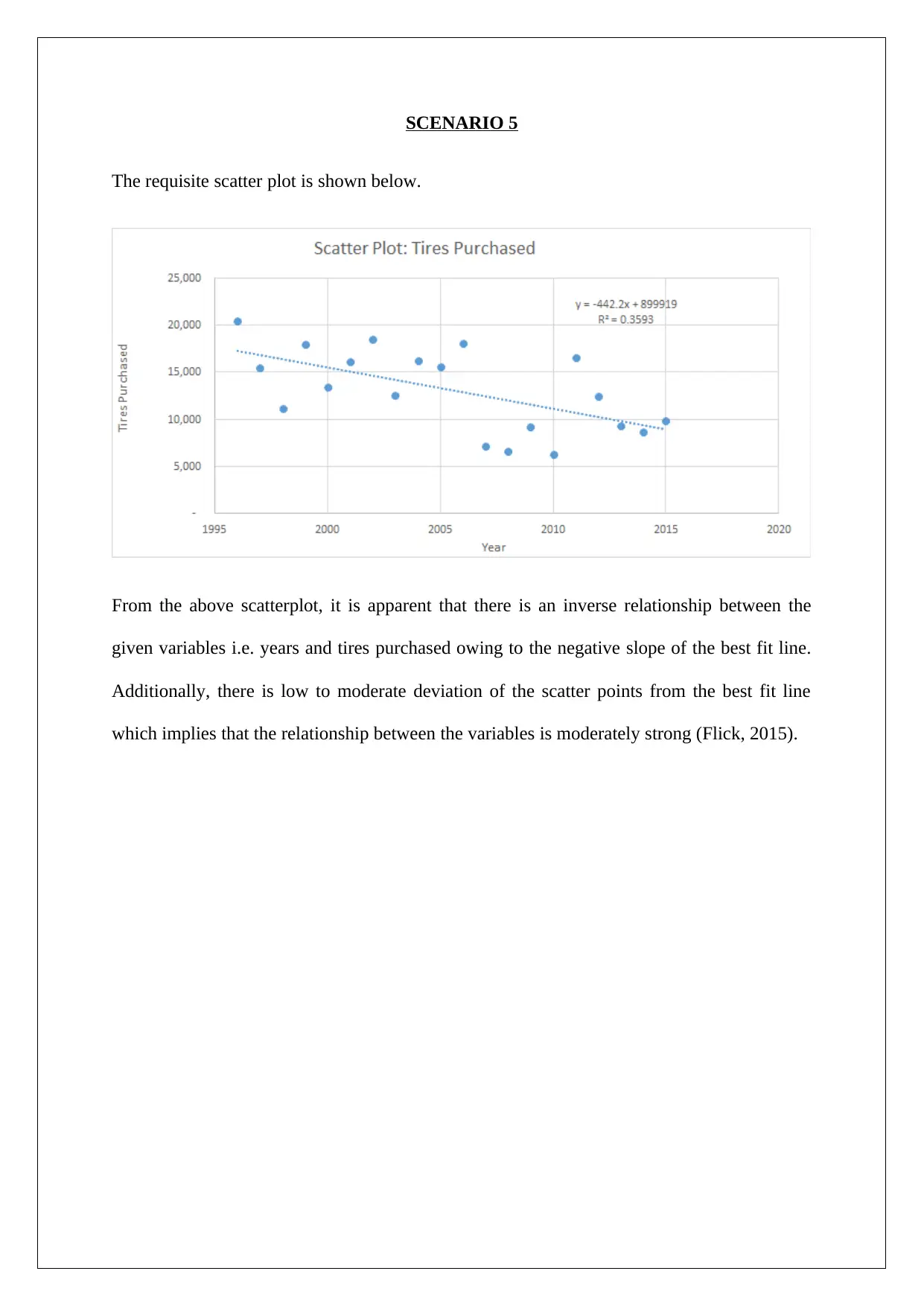
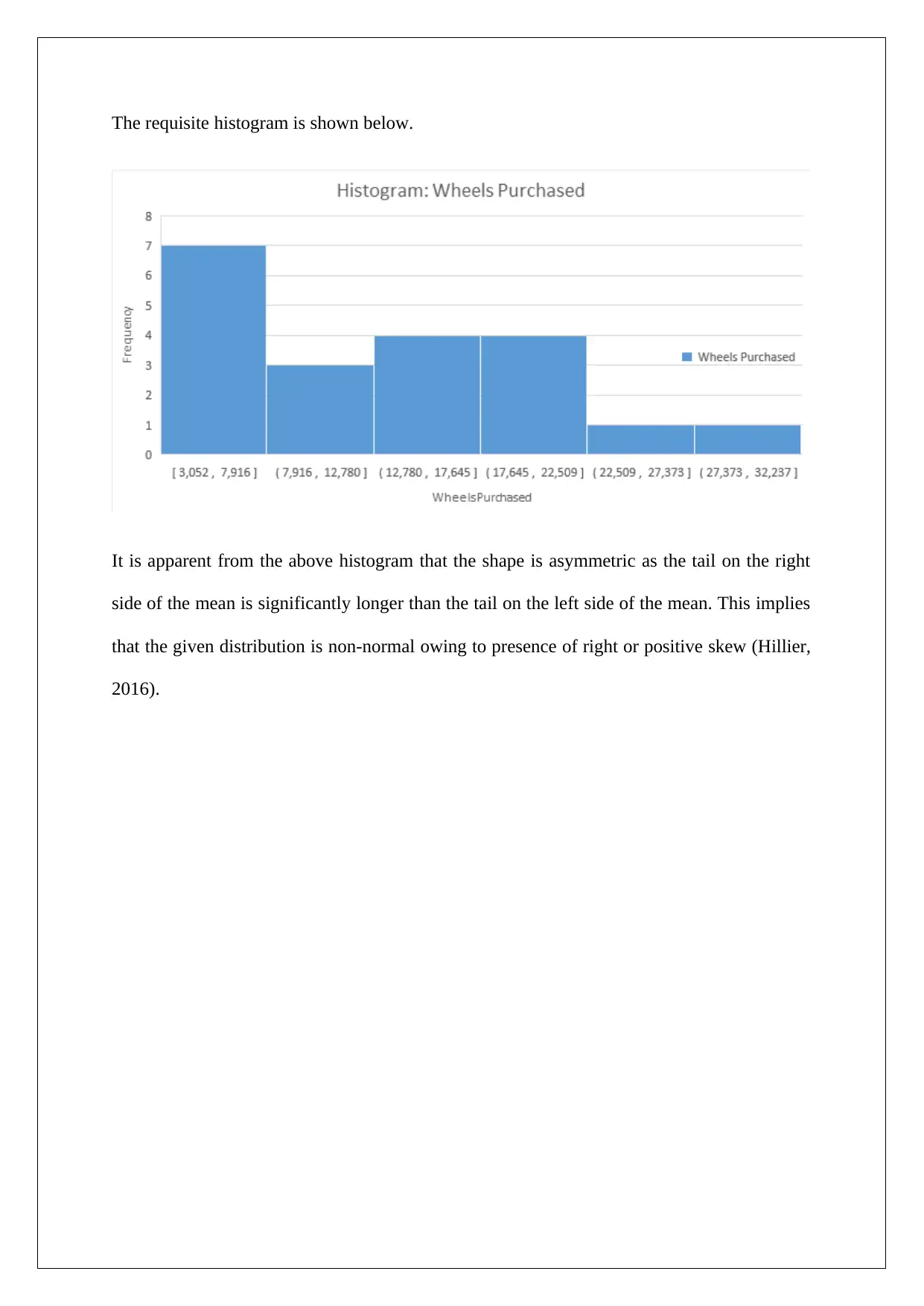

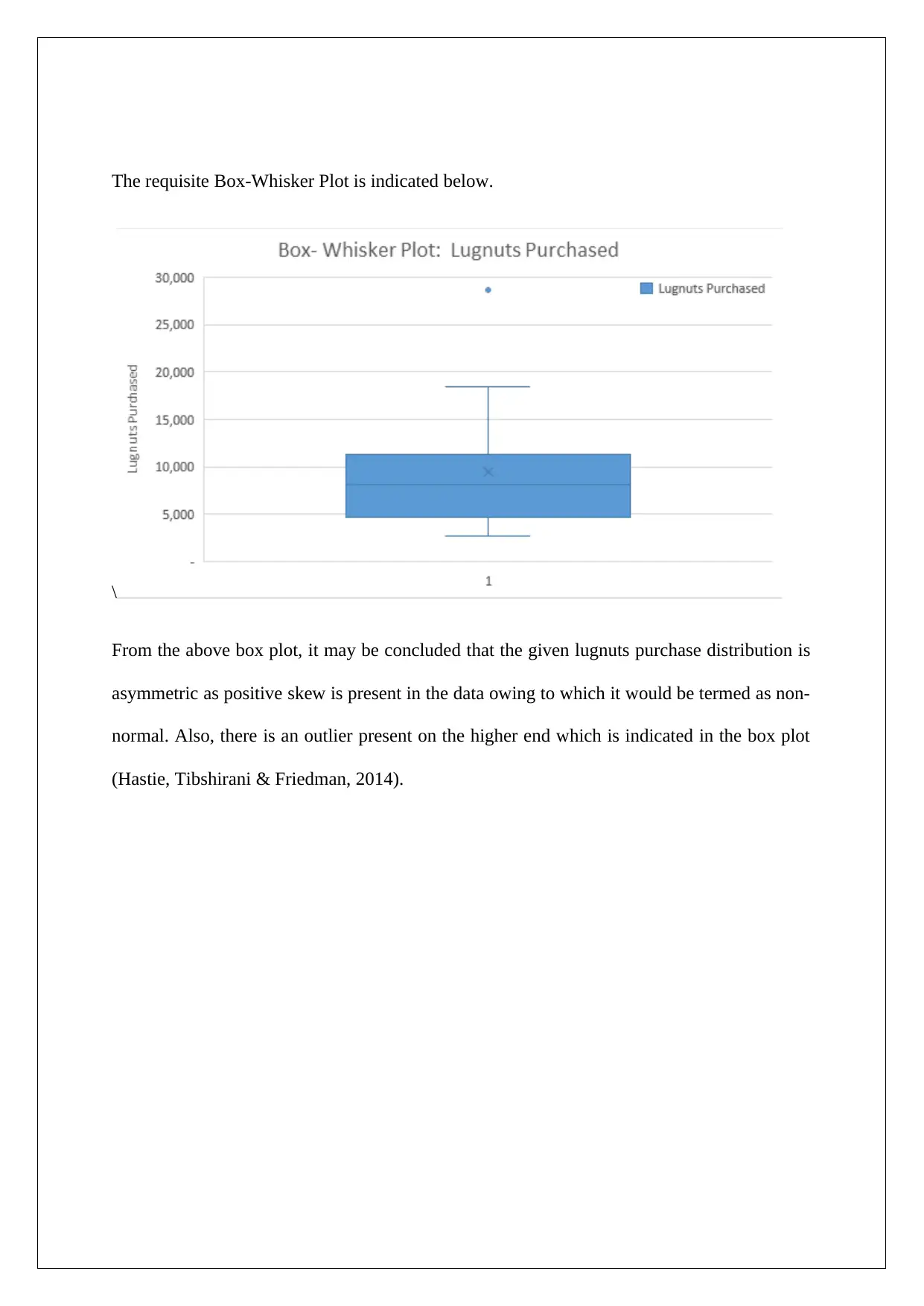
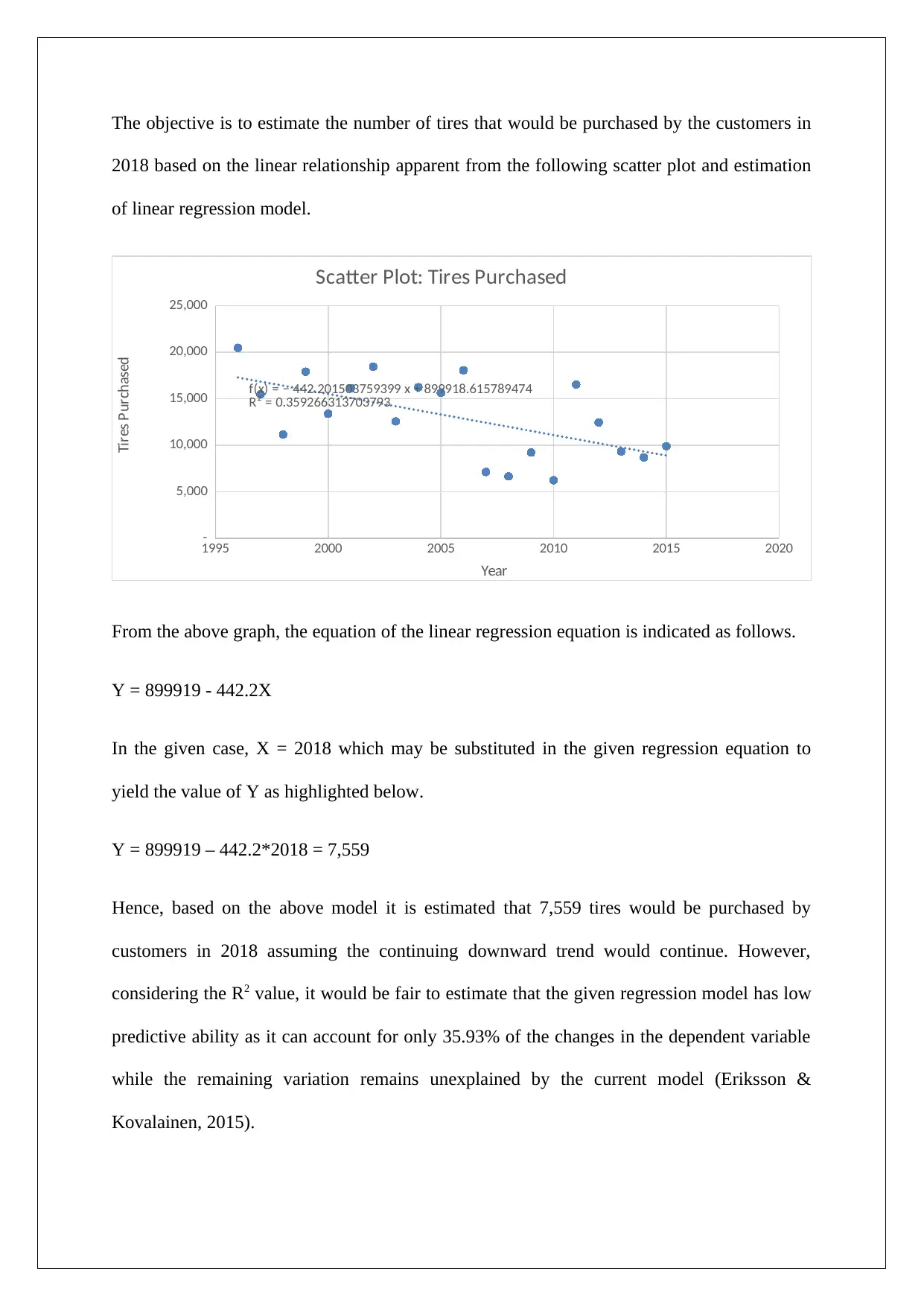
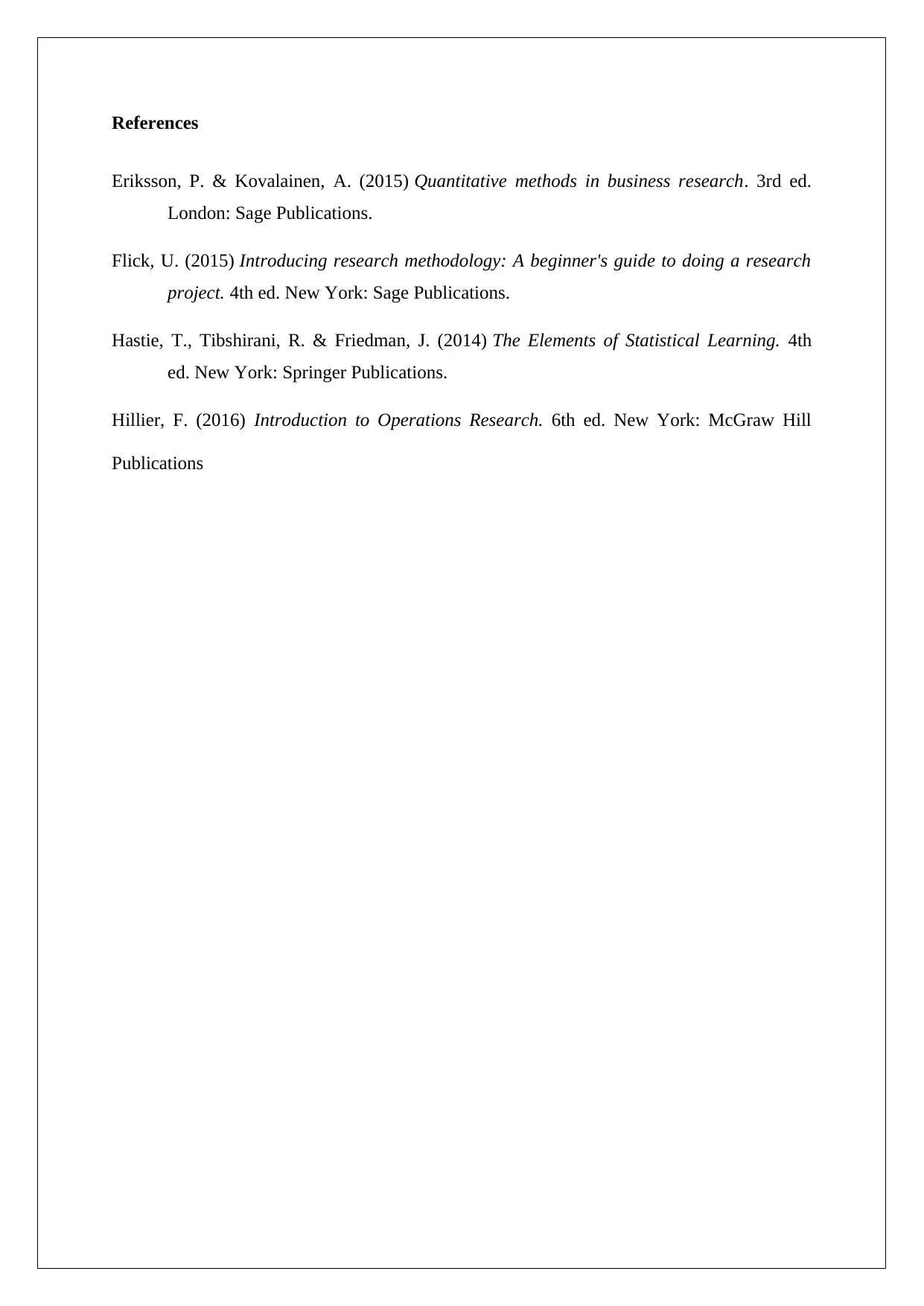






![[object Object]](/_next/static/media/star-bottom.7253800d.svg)